The proportions of the EQE SUV are characterized by external dimensions of 4863/1940/1686 millimeters (length/width1/height) and a wheelbase of 3030 millimetres, has a wheelbase that is nine centimetres shorter that the EQE Saloon.
The overhangs and the front-end assembly have been kept compact. The wheels in sizes from 19 to 22 inches are positioned flush with the outer edge of the body.
Key features of the front-end design include:
- The front is combined into a black panel unit and consistently continues the face of the new generation of Mercedes-EQ vehicles.
- As an optional extra, the black panel front is also available with the Mercedes-Benz pattern, a three- dimensional star pattern.
- The concise daytime running light signet interprets the brand’s characteristic flare. LED High Performance headlamps are standard, DIGITAL LIGHT is available as an optional extra.
- The simulated underguard gives the front a robust character. Depending on the equipment, it features a high-gloss chrome or dark finish. An air intake is integrated into the component.
Key features of the side design:
- The side windows have a generous, dynamically running chrome surround in a 3D design.
- The exterior mirrors sit on the vehicle shoulder for aerodynamic and aeroacoustic reasons.
- Flush-fitting door handles are available as an optional extra.
- A running board is optionally available, which also offers aerodynamic advantages. On EQE SUVs without this option, a three-dimensional chrome trim divides the lower area.
- The service flap for the washer fluid is located on the side of the left wing.
- The SUV-typical wheel arch claddings are retained in black, as are the side sill panels, which emphasises the dynamic silhouette.
- The large wheels in sizes ranging from 19 to 22 inches, together with the muscular shoulder area, give the EQE SUV a sporty, robust character.
Key features of the rear-end design:
- Flowing surfaces and smooth transitions dominate at the rear and even visually conceal the luggage compartment sill.
- The light strip at the rear is continuous.
- The interior of the innovatively designed LED lights has the shape of a curved and illuminated 3D helix.
- The reversing camera is hidden behind the star, protected from dirt.
- Depending on the design and equipment line, a visual chrome underguard sits in the black surroundings of the lower bumper.
Aerodynamics
The EQE SUV shares some aerodynamic measures with its model brothers. The underbody with its numerous aerodynamic details plays a central role in a very good Cd value from 0.251, which was achieved despite the large load volume and short rear overhang. But the dimensional concept with the flat windscreen, sweeping roof line and indents were also important factors.
Many aerodynamic measures result in the high aerodynamic efficiency of the EQE SUV. These include novel, patent-pending wheel spoilers in front of the front axle. With a serrated lower edge, small apron and longitudinal ribs, numerous details contribute to improving the flow of air to the front wheel.
Special aero-claddings were developed for the aerodynamically optimised wheels. Depending on the equipment, these wheel trims mean an improvement of up to two Cd points compared with an aero-wheel without inserts. The optionally available running board drops down in the non-visible area on the underside. This has a positive influence on the airflow to the rear wheels and results in a measurable aerodynamic advantage.
Wheel spoilers also sit in front of the rear axle which have an apron on the inside. Special cladding spoilers in the area of the rear side wall have a very large influence on the aerodynamic performance. They direct the airflow around the rear wheels. Depending on the rim size, the cladding spoilers on the EQE SUV are installed in two lengths.
The underbody panelling has details such as the jagged turbulators in the front section. They prevent displacement of the underbody airflow. The flow is directed downwards from the wheel arches. In addition, the underbody panelling on the EQE SUV has been supplemented with a thrust arm covering and a spring link covering. The latter is designed with a slope that directs the airflow from the battery to the diffuser. The diffuser angle of the rear diffuser has been optimised in the wind tunnel.
The side spoilers and roof spoiler on top of the rear moves the end of the roof edge back. In combination with the stronger constriction, this offers aerodynamic advantages. Even the tail lights have an integrated edge that functions as a spoiler. These details result in an aerodynamically advantageous rear end with sharp airflow break-away edges.
After the EQS Saloon, EQE Saloon and EQS SUV, the EQE SUV is already the fourth Mercedes-EQ to be based on the modular architecture for large electric vehicles
(Source: Mercedes-Benz)

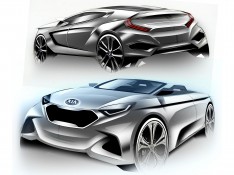
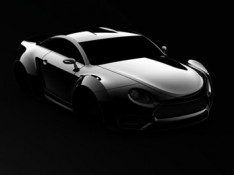
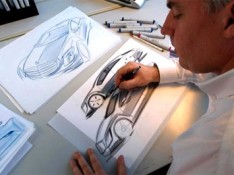
 share on Buffer
share on Buffer













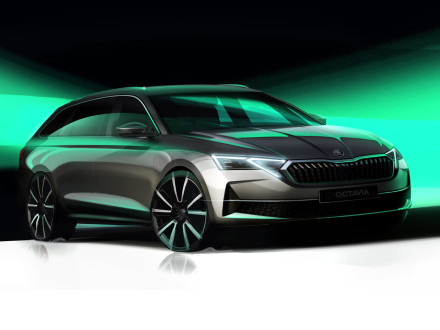
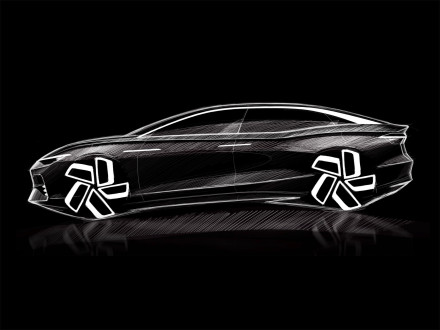






Comments